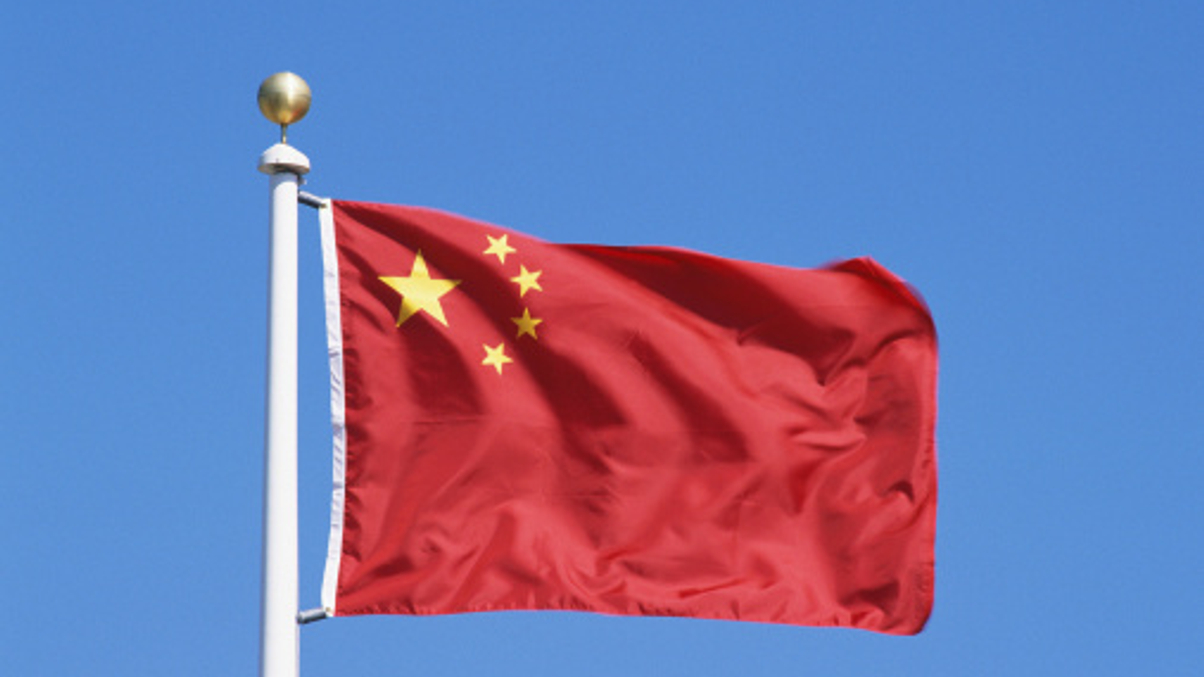Tepid response to China’s new sec-lending scheme
The programme sees just 45 transactions on its first day, although it is still being viewed as an important step in helping the nation’s short-selling market to develop.

China’s newly launched securities lending programme, enabling fund managers to be more efficient when it comes to short-selling, has received a lukewarm response on its first two days.
Sign in to read on!
Registered users get 2 free articles in 30 days.
Subscribers have full unlimited access to AsianInvestor
Not signed up? New users get 2 free articles per month, plus a 7-day unlimited free trial.
¬ Haymarket Media Limited. All rights reserved.


